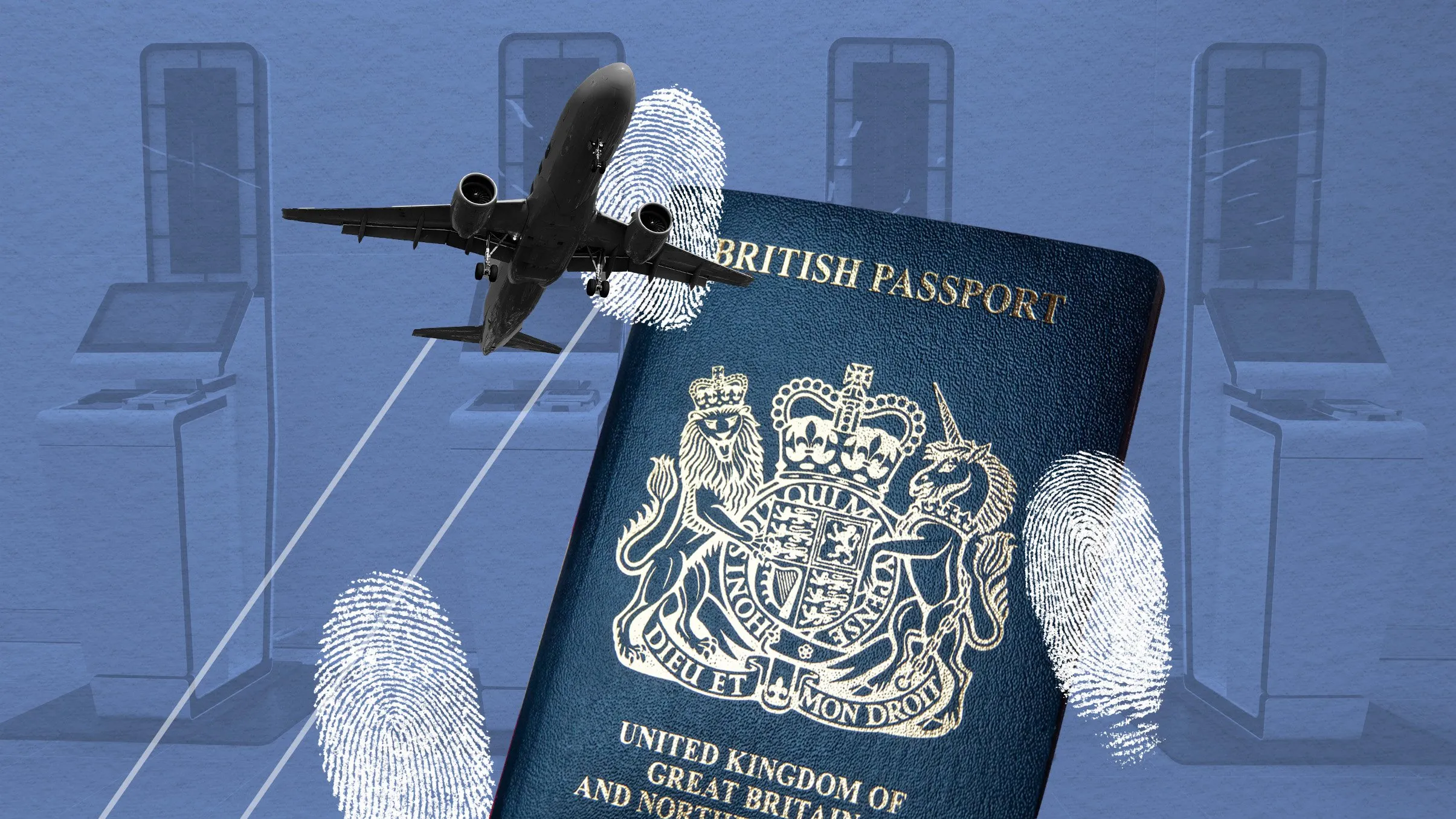By Courtney Pochin
Copyright metro

EU borders are about to look different for British passport holders (Picture: Metro)
British passport holders and non-EU nationals are about to become subject to the European Union’s new Entry-Exit System, more commonly known as the EES.
The smart border will roll out gradually from Sunday, 12 October, connecting every crossing point in the Schengen Area.
That means every EU country except Ireland and Cyprus, plus Norway, Iceland and Switzerland.
Travellers will be required to hand over biometric data such as their fingerprints and a photo scanned with facial recognition technology.
The new system aims to crack down on crime and enforce the limit on EU stays for British and third-country citizens, which is 90 days within any 180 days.
Here’s everything you need to know.
Full list of the EU and EEA countries where the new entry and exit system will be rolled out (Picture: Metro)
What is the entry and exit EES system?
The entry and exit system is a digital system that will replace passport stamping at border control across the European Union.
People with passports from non-EU countries, including the UK, are required to use the system once it launches.
How does the EES system work in the EU?
Most travellers from outside the EU, known as third-country nationals, will be required to register their passport details and biometric data when crossing into an EU country for the first time.
Biometric data includes fingerprints and facial pictures. Borders are likely to be kitted with self-service kiosks where passengers can input this information.
The new EES digital border control is likely to involve automatic self-service kiosks (Picture: AFP/Getty Images)
This data and the entry and exit details will be stored for subsequent visits.
Future visits will only require a verification of the biometric data, which can speed up the process.
On subsequent visits, border officials will also ask extra questions and proof like accommodation, enough money for the trip, insurance and a return ticket.
Children are not exempt from the checks, although children under 12 do not need to give fingerprints, but they will also need to have their face scanned.
To view this video please enable JavaScript, and consider upgrading to a web
browser that
supports HTML5
video
Up Next
Previous Page
Next Page
Will EES checks happen in the UK?
Usually, the checks will be carried out at the destination airport or port on arrival.
The exceptions are:
Port of Dover
St Pancras International
Travellers heading to the EU will go through the checks there, as these are dual British and French border locations.
It means you don’t then need to go through the checks again when stepping off the train or ferry on the European mainland.
Exceptionally, EES checks will be carried out at St Pancras International, Folkestone and Port of Dover on UK soil because these locations have a dual British and French border (Picture: Robert White/PA Wire)
The EES border system is separate from the European Travel Information and Authorisation System (ETIAS), which will introduced towards the end of 2026.
ETIAS, which is not live yet, means people who are not citizens of an EU or Schengen country will need to apply for it when travelling to the European Union.
When does the EES start?
The new border checks will be rolled out gradually from October 12.
The launch date is just days before the UK school half-term, when tens of thousands of families are set to travel abroad.
European countries will introduce the system at their external border progressively, leading up to the full launch by April 10, 2026.
What countries will use the new EU entry and exit system?
Including Spain, the new system will eventually be in use in the 25 EU countries, plus Schengen members Switzerland, Norway, Iceland and Liechtenstein.
Continue to the end of this article to see the full list.
The new system is designed to make identity checks faster at external EU borders (Picture: Getty Images)
Meanwhile, manual passport stamping will still be used in Ireland and Cyprus.
Who is exempt from the EU entry and exit system?
EU passport holders, including Irish and Cyprus
British passport holder with EU residency permit or long-stay visa
Nationals of Andorra, Monaco, San Marino and passport holders of the Vatican City State/the Holy See
Why was the EES launch delayed?
The most recent delay was in October last year, when EU leaders hit pause on the massive border upgrade after concerns that the launch of the untested system could wreak havoc on travel and logistics.
What countries already use biometric border controls?
Many countries across the world have already implemented digital border control checks involving biometric data like the EES.
These include China, Saudi Arabia, United States, Australia, Canada and New Zealand.
Full list of countries rolling out EES in 2025
Austria
Liechtenstein
Netherlands
Switzerland
A version of this article was first published on August 9, 2025 and has been updated.
Get in touch with our news team by emailing us at webnews@metro.co.uk.
For more stories like this, check our news page.



